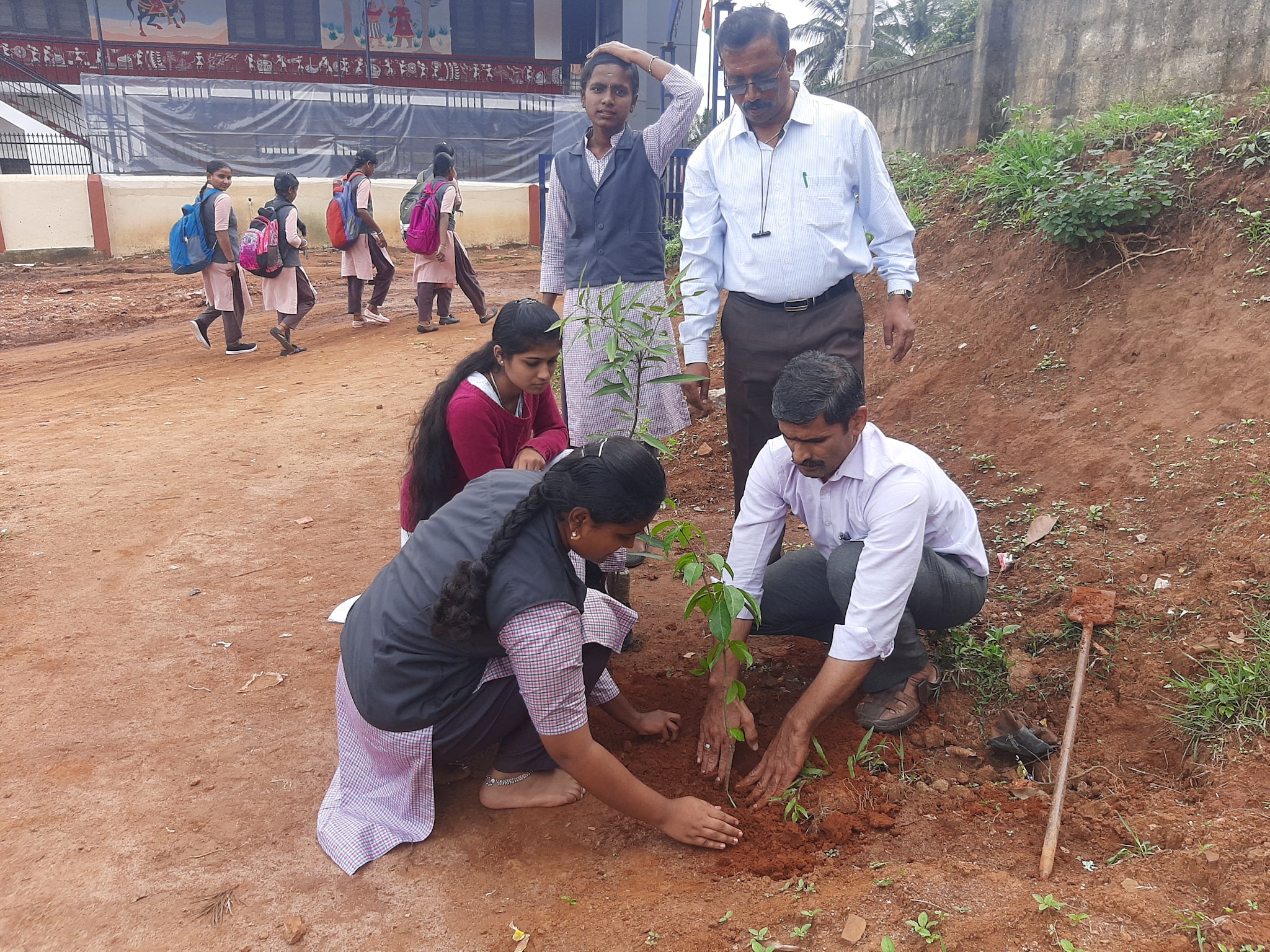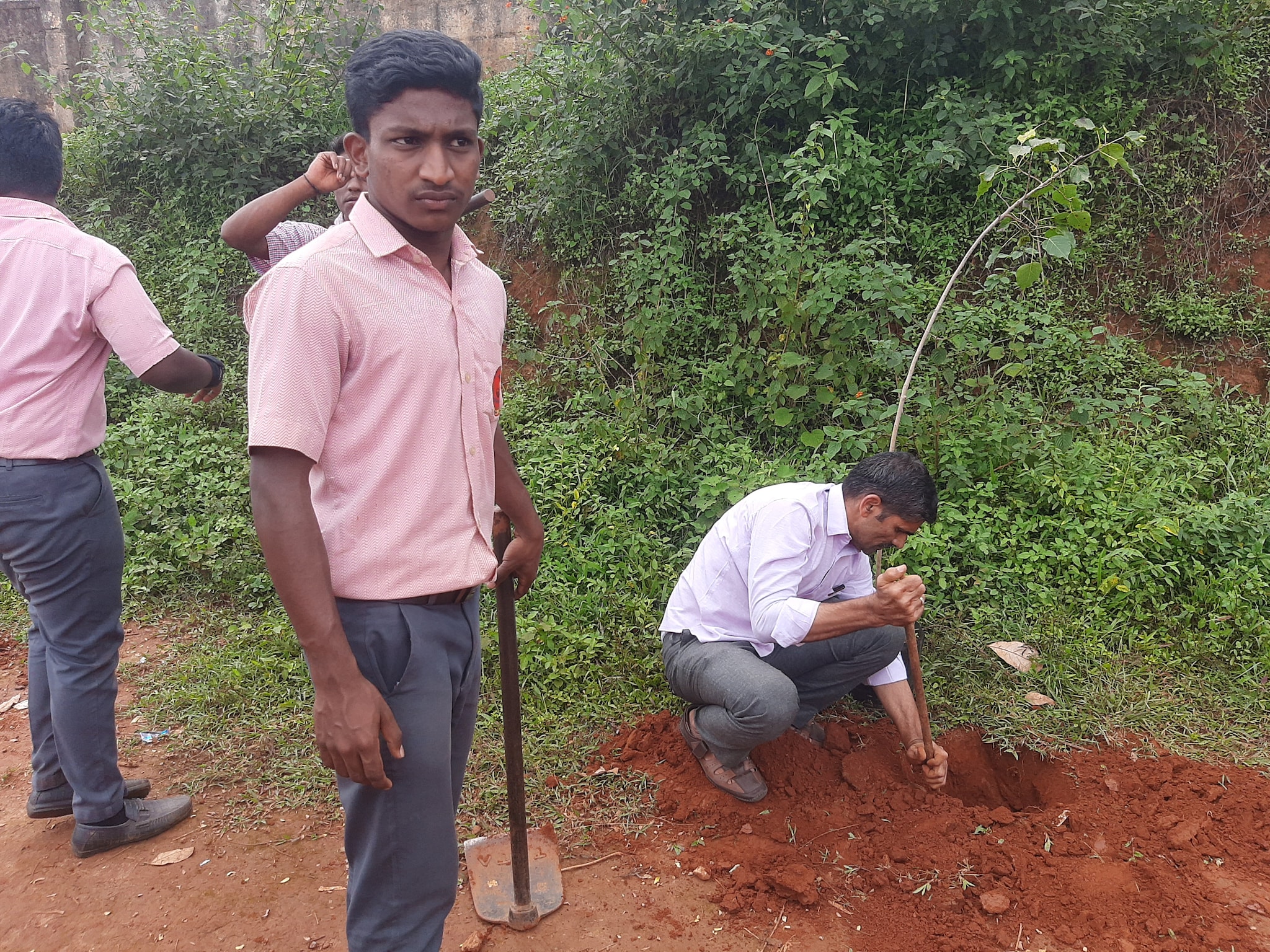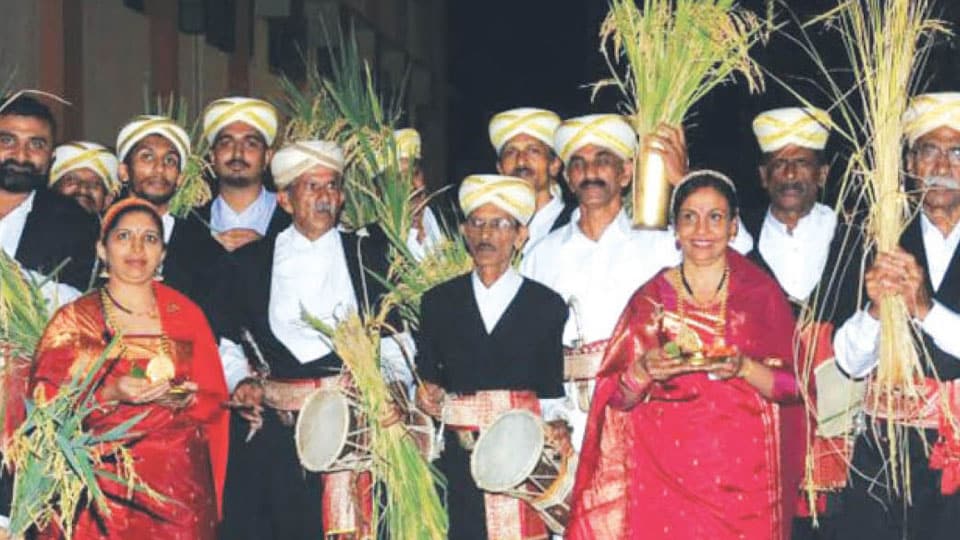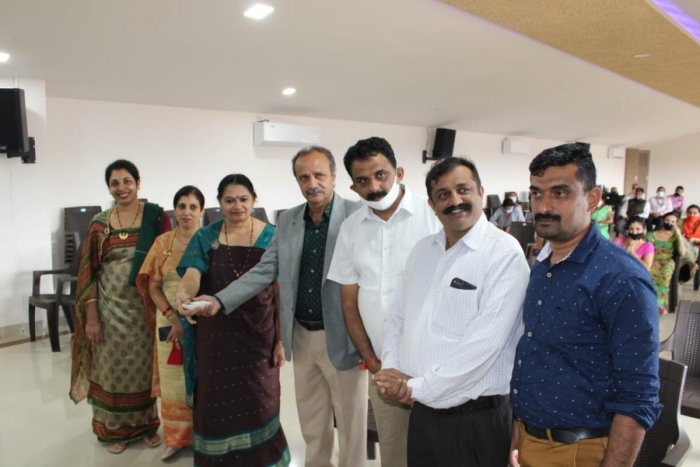The essence of Madikeri, this signature ingredient is at the heart of Coorg’s culinary tableau

One of the most underrated profiles in the world’s taste arsenal is sour. Too often associated with unpleasant tastes, it takes a lot of finesse to balance sour flavours and make them shine. Luckily, this is something that India excels at. Whether it’s tamarind, lemon, vinegar or tomatoes, many of our regional cuisines employ souring agents as a standard part of their flavour profiles. For the Southern town of Coorg in Karnataka, there’s a very unique addition to this sour family in the form of Kachampuli.
Also known as the Malabar Tamarind or Kudam Puli, Kachampuli is a deep, dark vinegar native to the region made from the ripe fruits of the Garcinia gummi-gutta tree which are commonly found in the evergreen forests of Coorg. The fruit is a member of the mangosteen family and has a distinct sharp sour taste and a lingering aftertaste that is totally unique among the common souring agents in India. It’s an essential part of Kodava cuisine, especially when cooking meat due to the amylase enzymes it produces that help to break down proteins, but it can also find its way into fish and vegetarian dishes too.
It can be used in its fresh form, soaked and then cooked in a similar way to tamarind. It can also be converted into a type of vinegar by slightly fermenting the fruit and simmering it down to a dark reddish-purple liquid which retains its signature tartness while also lending fruity overtones.
The main characteristic of Kodava cuisine is the use of local and seasonal ingredients. The forests and paddy fields of the Coorg region are verdant and lush, ensuring that there’s always plenty of fresh produce available throughout the year. Foraging is also an integral part of Kodava traditions and Kachampuli is an essential ingredient in many of their signature dishes including the famous Pandi Curry.
Kachampuli has plenty of benefits beyond being a great taste enhancer. Like many acids, the fruit can be a great digestive and some consider it to be an effective appetite suppressant and weight loss aid. It also has Hydroxy citric acid (HCA) which is thought to boost metabolic rates and combat lipid peroxidation, thereby maintaining liver health.
If you want to take your tastebuds on a trip to Coorg and experience the magic of Kachampuli, here’s a quick and easy recipe that lets the ingredient shine.

Ingredients:
Masala Blend
- 2 tbsp oil
- ½ tsp mustard
- ½ tsp jeera
- curry leaves
- 1 finely chopped onion
- 1 green chilli finely chopped
- ½ tsp turmeric
- ½ tsp salt
- 1 tsp roasted gram powder
- 1 tsp Kachampuli vinegar or fresh kachampuli
- ½ tsp jaggery
For Serving
- 2 cups puffed rice
- 2 tbsp finely chopped onions
- 3 tsp roasted gram powder
- 2 tbsp finely chopped tomato
- 2 tsp coriander leaves, finely chopped
- A handful of sev mixture
Method
- In a large pan heat oil and add mustard, jeera and a few curry leaves. Let it splutter.
- Next, add the finely chopped onion and green chilli. Sauté well till it turns almost golden.
- To this, add turmeric and salt. Sauté for another minute.
- Add the Kachampuli and the jaggery.
- Saute this mixture for 3 minutes.
- Next, add roasted gram powder and mix well.
- In a large mixing bowl take 2 cups of puffed rice, add in ¼ cup of the prepared masala blend, 2 tbsp onions, 2 tbsp tomato and 3 tsp roasted gram powder. Mix it lightly.
- Serve garnished with a few coriander leaves and the sev mixture
source: http://www.slurrp.com / Slurrp.com / Home> Articles / by ShireenJamooji / August 05th, 2022













